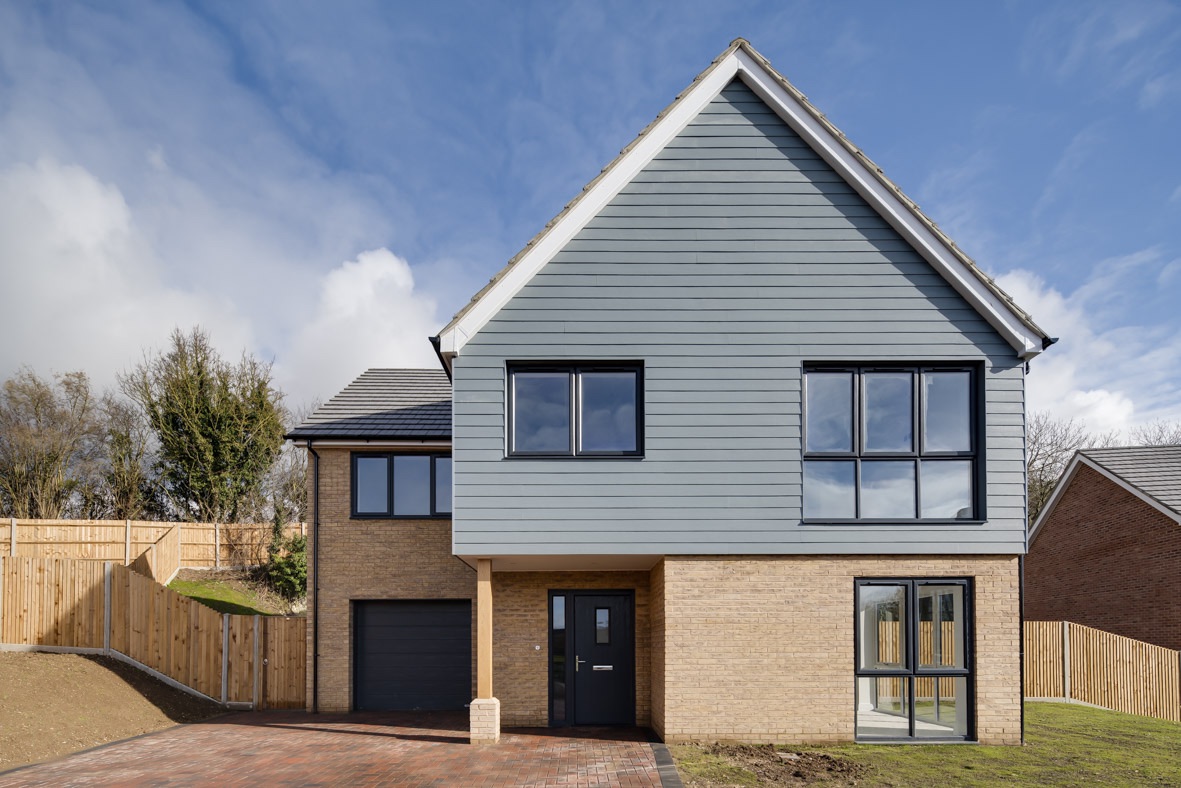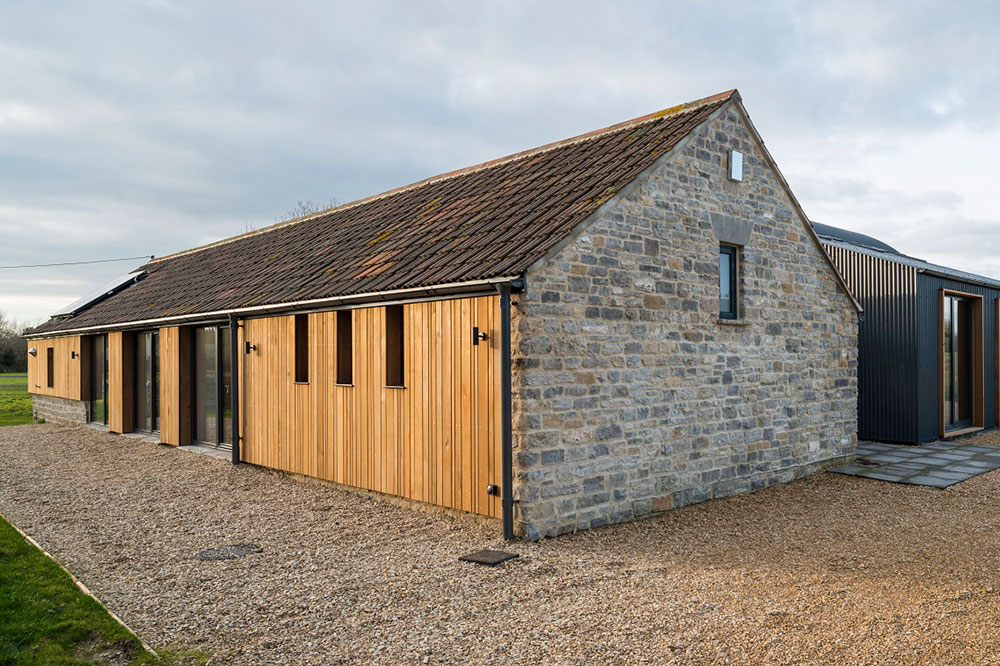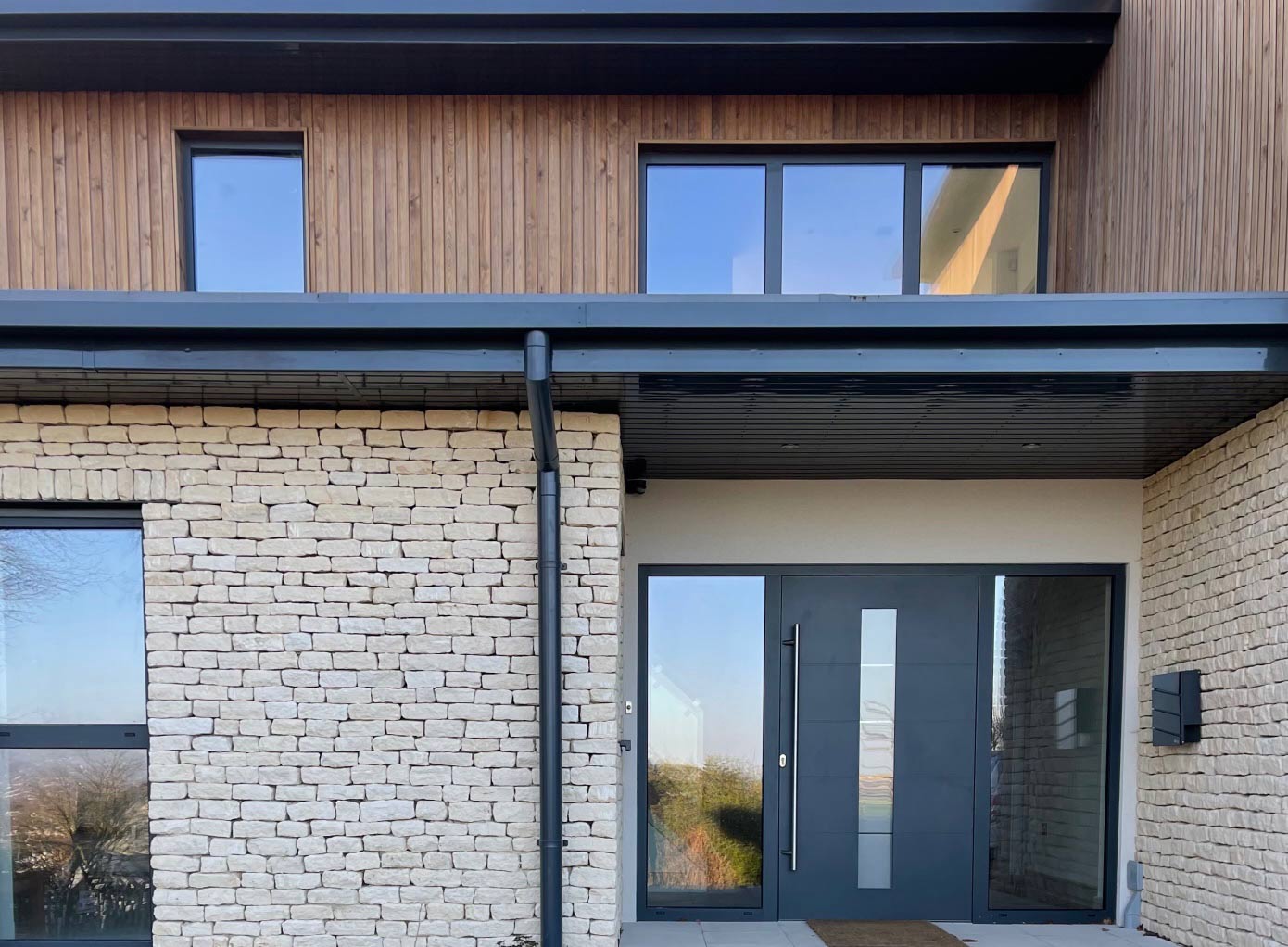Timber vs Brick, Which is Better for Your Project?
When starting any kind of construction project, the materials used are a key factor for consideration. Depending on what you are creating, different materials may have varying degrees of suitability, so it’s important to consider the pros and cons of your candidates. For many construction projects, timber and brick and two main contenders, but how do they differ? Timber and wood both have a range of uses – many experts argue that timber offers an ideal solution for those looking to create a bespoke design, although both are frequently used for multi-storey and single-storey interior and exterior builds.
In this blog from Norclad, we offer a detailed comparison of timber and brick. Noting their uses and advantages in comparison to one another. For more information about timber cladding and its uses, take a look at our blog. Articles include: The Best Cladding Style for Country Cottages, Composite or Timber – Which is Better? And How Expensive is Exterior Timber Cladding? Alternatively, take a look at the range of timber cladding products available with Norclad.

Which is More Durable?
When choosing the material for your project, durability is a key factor to consider. Without sufficient durability, the longevity of a project could be compromised. When a developer or homeowner invests in a construction project, any unnecessary repairs further along the line should be anticipated and avoided wherever possible. When it comes to durability, timber and brick are rather different. Timber is a living product, meaning it is more susceptible to rot and other general weathering. Luckily, there are a wide range of treatments available to prolong the life and/or appearance of timber, such as the treatment products from Norclad.
When compared to timber, masonry can certainly feel more durable – however, this feel is not always representative of true structural integrity. It should also be noted that brick solutions do not require the additional treatments needed to maximise the lifespan of timber.
Which is Easier to Build With?
Another way in which brick and timber differ is how they influence the building process. Brick masonry walls are built on-site using raw materials that are delivered to a location. Materials are then formed into shape according to drawn plans. On the other hand, timber frames are often constructed off-site in a workshop. Once frames have been created, they are then transported to the site in larger sections.
Being able to construct timber frames off-site can have various advantages. Not only does working in larger sections often result in faster completion, taking some construction off-site also has advantages for building in the British weather and limiting damage to materials!
While constructing timber frames off-site has a number of advantages, doing so does place great importance on designs and foundations being highly accurate. Any errors with the foundation could cause significant challenges and delays for a project.
Which is More Green?
Brick walls have a high density and mass, meaning they do a good job at retaining heat. This means that brick properties can be kept warm more easily. On the flip side, when a brick home is first completed and initially occupied, it may feel cold due to the walls not holding any residual heat.
One of timber’s key advantages relates to its environmentally friendly features. Timber is a sustainable material which is in abundant supply – it also removes Co2 from the atmosphere as it grows. For this reason, timber frames are understood to have a smaller carbon footprint than brick structures. So if you’re looking to keep the carbon footprint of your project low, timber offers an ideal solution.

Which is More Affordable?
In terms of the materials themselves, the cost of timber and brick can vary depending on the varieties used. However, as noted, the construction process associated with timber not only saves time, but money too. A shorter project makes for smaller labour fees, reducing the expenses tied to timber.
Which is More Noisy?
A less obvious point of comparison for these two materials is noise. When it comes to timber, many discussions surrounding pros and cons note challenges with noise. While suitable precautions can be taken to limit the impact of airborne sounds in timber structures – the greater density of brick combined with insulation and plaster does offer greater absorbency for sound. The impact of this will likely be determined by the intended use of a space – so it’s important to consider this from the off!

Timber Cladding with Norclad
Wondering if timber cladding would be suited to your next design project? Here at Norclad, we are specialist providers of high-quality painted timber cladding. We work alongside some of the leading paint manufacturers in the field to offer our customers a range of colours and stains to fit their projects.
Our team have a range of expertise working on both residential and commercial projects of varying sizes – we even offer the option to apply timber cladding to a pre-existing structure. To find out whether our painted timber products could be right for your next project – get in touch today. Our expert team are on hand to specialist advice tailored to your needs.

















